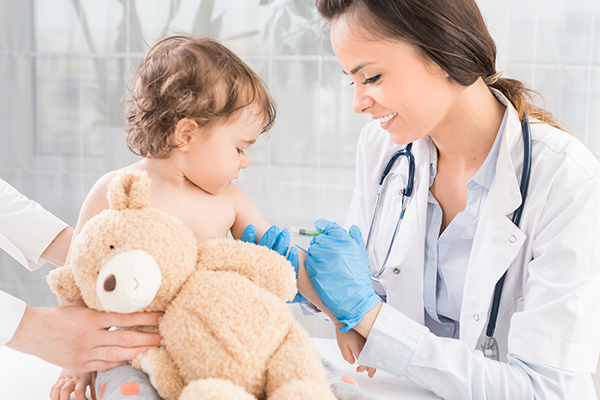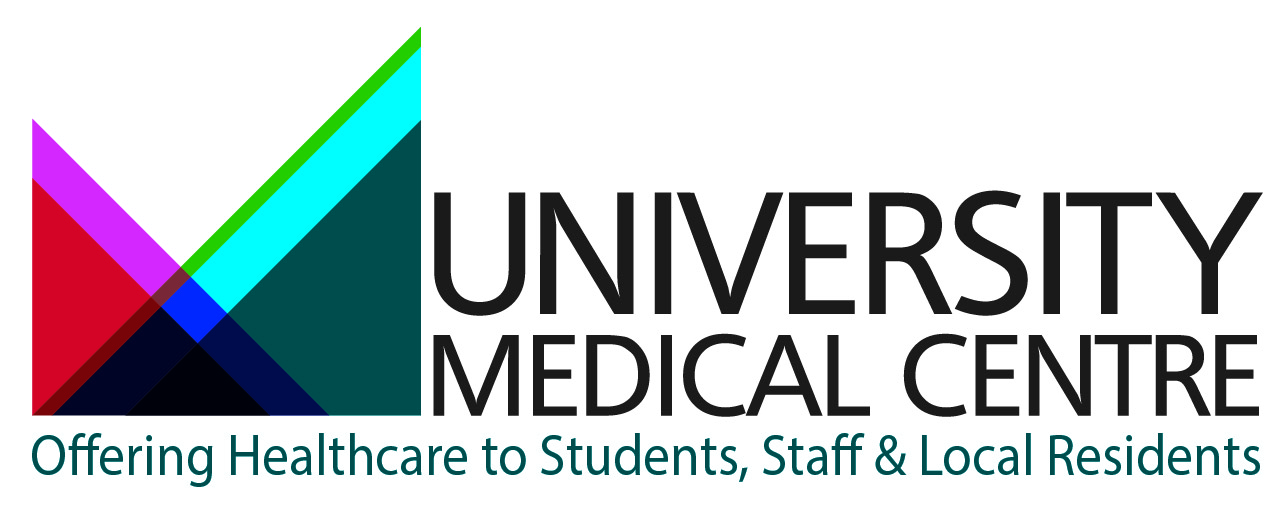Child Vaccinations
One of the most important things that a parent can do for their child is to make sure that they have all their routine childhood vaccinations. It's the most effective way of keeping them protected against infectious diseases.
Ideally, kids should have their jabs at the right age to protect them as early as possible and minimise the risk of infection.
Vaccination Checklist
Here's a checklist of the vaccines that are routinely offered to everyone in the UK for free on the NHS, and the age at which you should ideally have them.

8 weeks:
- DTap/IPV(polio)/Hib/HepB (diphtheria, tetanus, pertussis (whooping cough), polio, Haemophilus influenzae type b and hepatitis B) - 6-in-one injection
- Rotavirus - oral route (drops).
- Meningitis B
- PCV (pneumococcal conjugate vaccine) - in a separate injection. Note - for children born from 1st January 2020, this vaccine is offered at 12 weeks and 1 year rather than at 8 weeks, 16 weeks and 1 year.
12 weeks:
- DTaP/IPV(polio)/Hib/HepB - 6-in-one injection, 2nd dose
- PCV (pneumococcal conjugate vaccine) - in a separate injection for babies born after 1st January 2020. Note - for children born before 1st January 2020, this vaccine is offered at 8 weeks, 16 weeks and 1 year rather than at 12 weeks and 1 year.
- Rotavirus - oral route (drops).
16 weeks:
- DTaP/IPV(polio)/Hib/HepB - 6-in-one injection, 3rd dose
- Meningitis B - 2nd dose
- PCV (pneumococcal conjugate vaccine) - in a separate injection. Note - for children born from 1st January 2020, this vaccine is offered at 12 weeks and 1 year rather than at 8 weeks, 16 weeks and 1 year.
Between 12 and 13 months:
- Hib/MenC (combined as one injection) - 4th dose of Hib and 1st dose of MenC
- MMR (measles, mumps and rubella) - combined as one injection
- PCV - 2nd dose, in a separate injection.
- Meningitis B - 3rd dose
2 years - end of primary school:
- Nasal flu Spray - annually for all children. For children aged 2, 3 and 4, this is usually given in the GP surgery. Children in primary school should have this at school
3 years and 4 months, or soon after:
- Preschool booster of DTaP/IPV(polio) - 4-in-one injection
- MMR - 2nd dose, in a separate injection.
12-13 years (boys and girls):
- HPV (human papillomavirus types 16 and 18) - two injections, the second injection is given 6-24 months after the first one.
14 years:
- Td/IPV(polio) booster - 3-in-one injection
- Men ACWY: combined protection against meningitis A, C, W and Y
Adult:
- Influenza (annual) and PPV (pneumococcal polysaccharide vaccine): for those aged over 65 years and also those in high-risk groups.
- Td/IPV(polio): for those not fully immunised as a child or travelling to high-risk areas.
- DTaP/IPV: for pregnant women from 20 weeks of gestation to protect the newborn baby against whooping cough or people travelling to high risk areas.
- Shingles vaccine: for adults aged 70 or 78 years. (Plus catch-up for adults born after 2nd September 1942 who have not previously been immunised if they are under 80 years).
- RSV vaccine: for adults turning 75 on or after 1st September 2024 (born on or after 1/9/1949) and pregnant women from week 28 or their pregnancy.
Vaccines For Risk Groups
People who fall into certain risk groups may be offered extra vaccines. These include vaccinations against diseases such as hepatitis B, tuberculosis (TB), seasonal flu and chickenpox. See the NHS Choices pages to find out whether you should have one.
INDEX - Services
- Online Consultation
- The NHS App
- Test Results
- e-Referral Service
- Electronic Prescription Service
- Asthma Management
- Child Development
- Childhood Vaccinations
- Contraception Services
- Diabetes Management
- Dressings / Removal of Sutures
- Ear Irrigation
- Emergency Contraception
- Enhanced Services
- Flu Vaccination
- Mental Health Services
- Minor Illness
- Minor Surgery
- Other Visiting Services
- Physiotherapy
- Pregnancy Testing
- Private Fees
- Sexual Health Services
- Summary Care Record
- Translation Service
- Travel Clinic
- University Nursing Services
- Find NHS Services
We use cookies to help provide you with the best possible online experience.
By using this site, you agree that we may store and access cookies on your device. Cookie policy.
Cookie settings.
Functional Cookies
Functional Cookies are enabled by default at all times so that we can save your preferences for cookie settings and ensure site works and delivers best experience.
3rd Party Cookies
This website uses Google Analytics to collect anonymous information such as the number of visitors to the site, and the most popular pages.
Keeping this cookie enabled helps us to improve our website.

